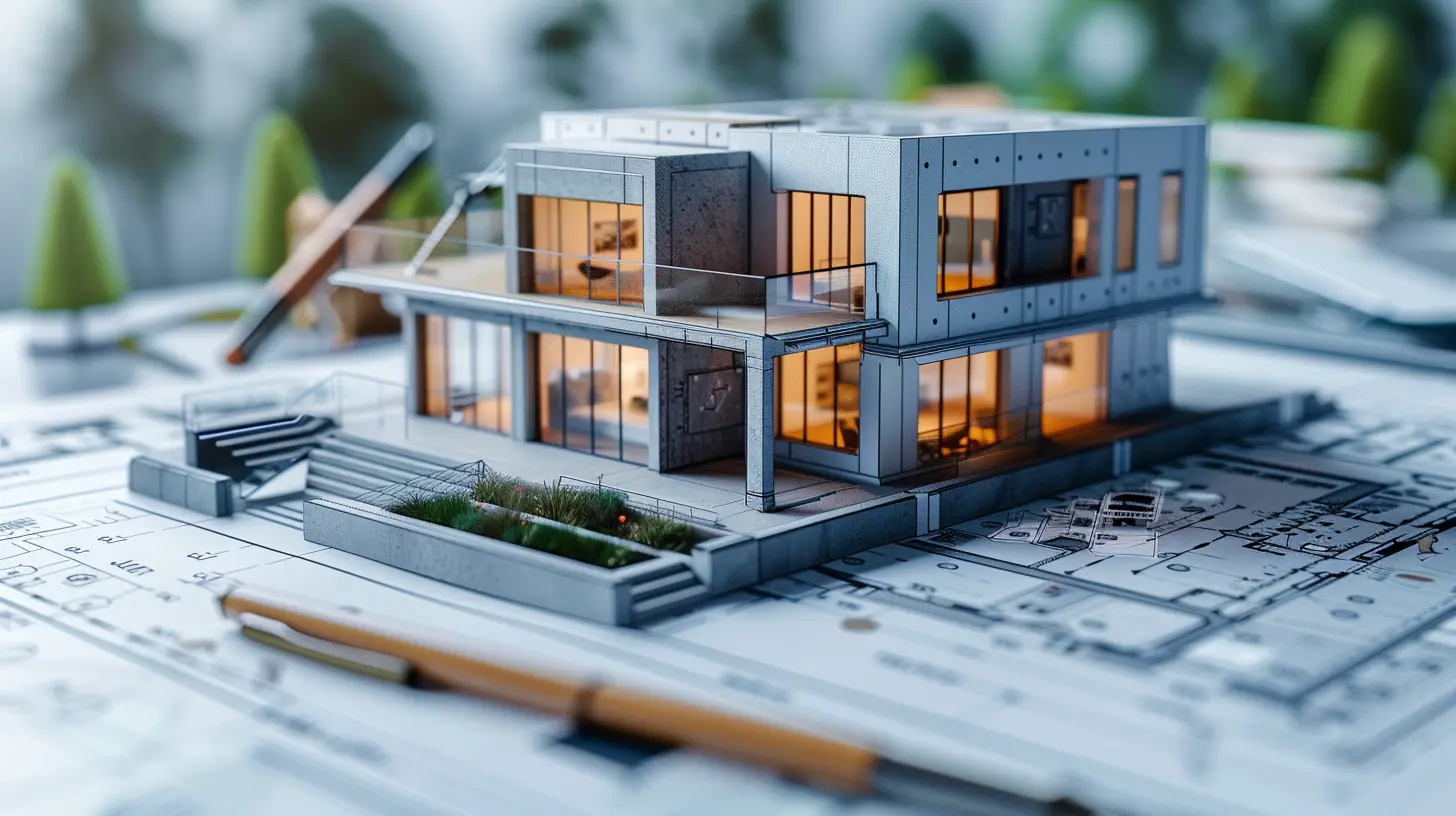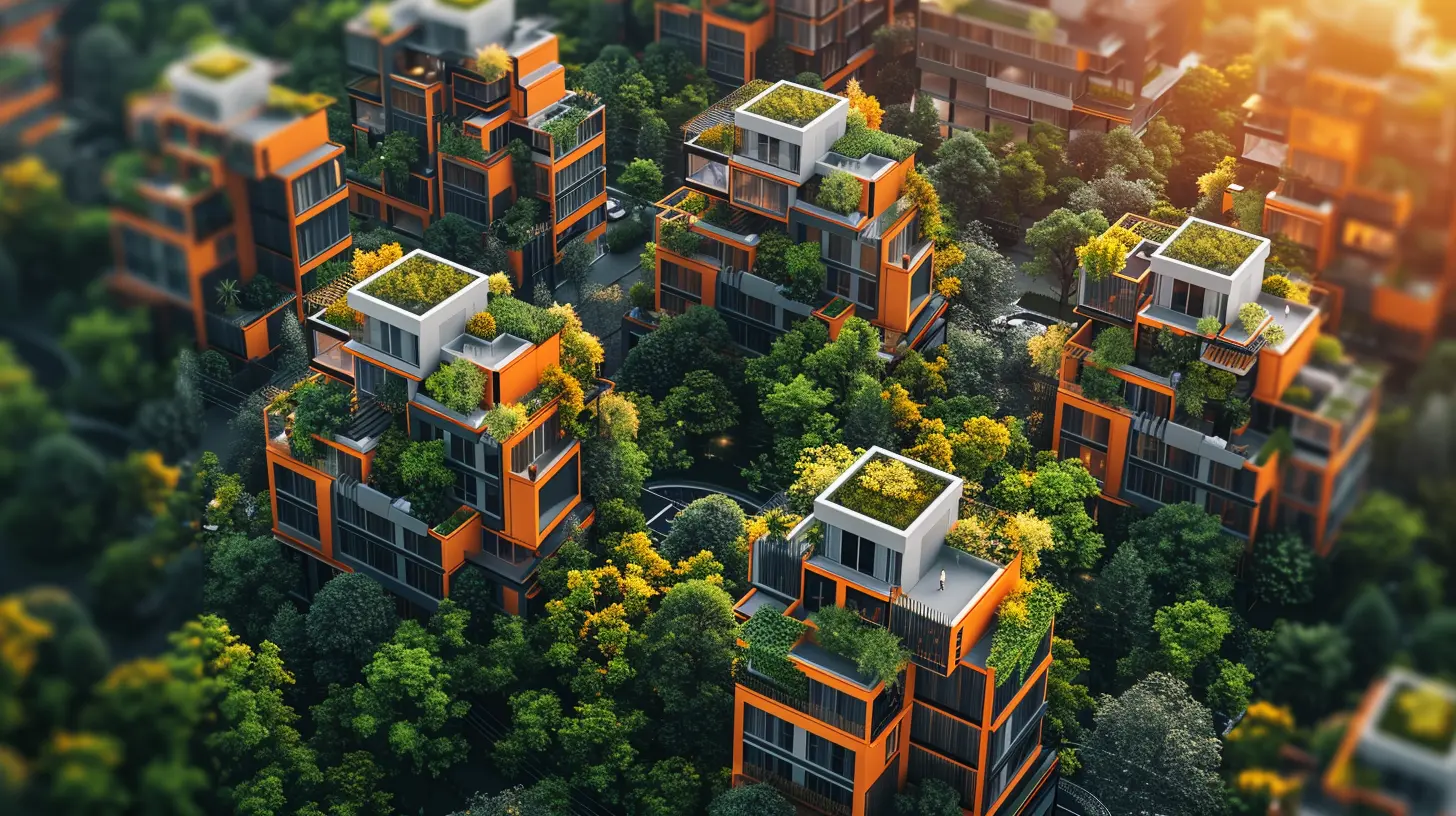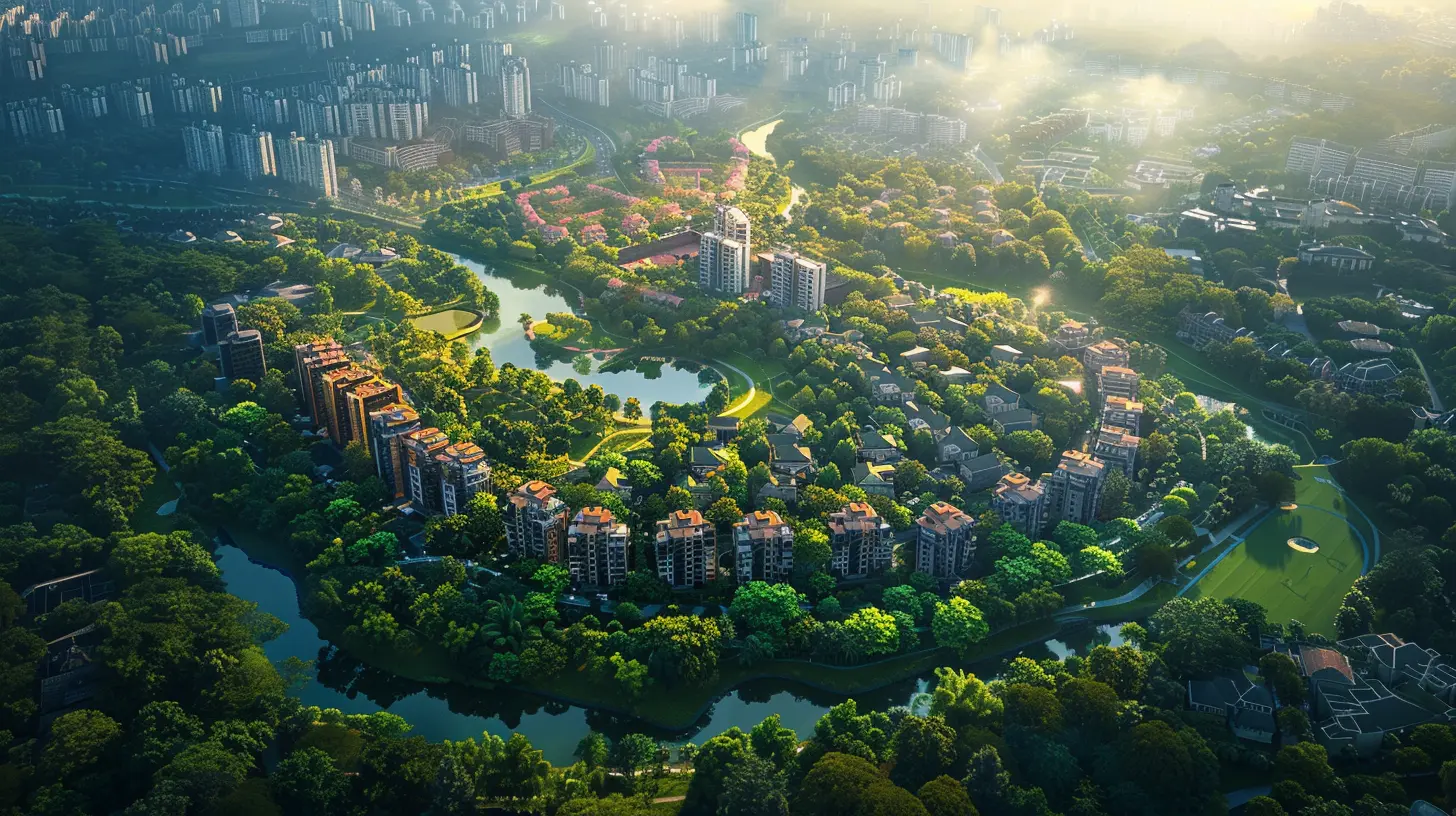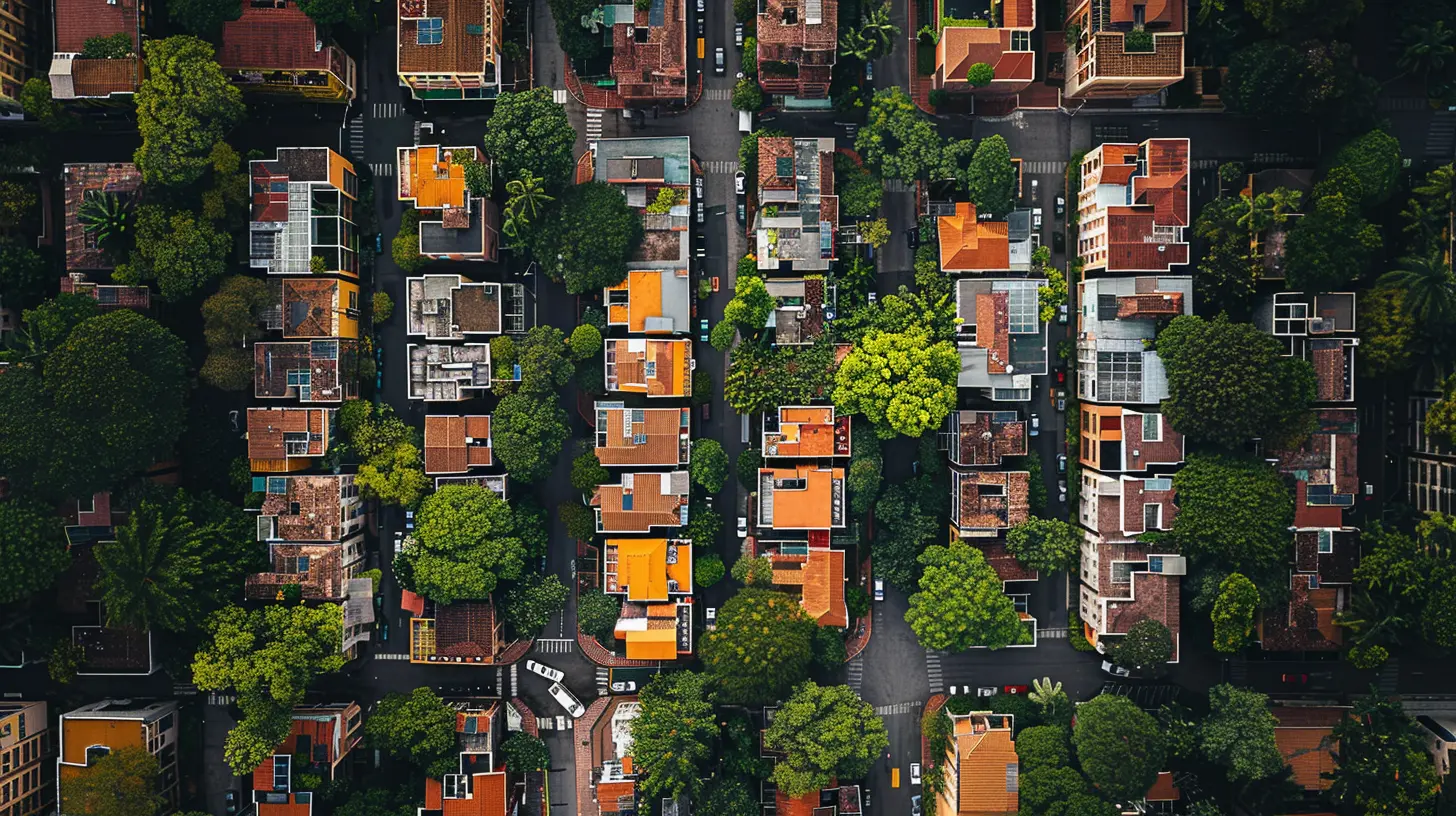How Digital Twins Revolutionize Urban Planning and Development
24 July 2025
Urban planning has come a long way from hand-drawn blueprints and rigid zoning laws. Today, cities are evolving faster than ever, and planners need cutting-edge tools to keep up. Enter digital twins—a game-changer in urban development. These virtual replicas of cities revolutionize how we plan, construct, and maintain our urban environments.
But how exactly do digital twins transform city planning? Let’s dive in and uncover their impact on shaping the future of urban spaces.

What is a Digital Twin?
A digital twin is a virtual model of a physical asset—in this case, an entire city or a specific building. It’s more than just a 3D map; it’s a dynamic, data-driven simulation that updates in real time. Think of it like a living blueprint that mirrors a city's infrastructure, traffic, air quality, and more.Digital twins use data from sensors, IoT devices, and AI to simulate real-world scenarios. This allows planners to test ideas before implementing them, saving time, money, and resources.

Why Urban Planning Needs Digital Twins
Traditional urban planning relies heavily on static models, which don’t always reflect the complexities of a growing city. Digital twins, on the other hand, provide real-time data and predictive analytics. This means decision-makers can foresee potential issues and make informed choices.Here’s how digital twins are making a difference:
1. Smarter Infrastructure Planning
Constructing roads, bridges, and public spaces requires careful planning. A digital twin helps planners simulate how new infrastructure will interact with existing roads, utilities, and buildings.For example, before a city installs a new subway line, a digital twin can simulate its impact on traffic, real estate prices, and daily commuting patterns. That way, planners can adjust the project to maximize efficiency and minimize disruptions.
2. Traffic and Transportation Optimization
Let’s face it—traffic congestion is a nightmare. But digital twins can help cities stay one step ahead. By analyzing real-time data from GPS trackers, traffic cameras, and public transportation networks, they allow urban planners to optimize roadways and transit systems.Imagine being able to predict traffic jams before they happen or adjust bus schedules dynamically to reduce wait times. That’s the power of digital twins in action!
3. Better Resource Management
Cities rely on water, electricity, and gas to function smoothly. However, inefficient distribution can lead to waste and higher costs. Digital twins enable cities to monitor usage patterns, detect leaks, and ensure that resources are allocated efficiently.For instance, if an area is consuming more water than expected, the digital twin can alert city officials before a full-blown shortage occurs. This proactive approach helps conserve resources and prevents service disruptions.
4. Enhanced Disaster Preparedness
Natural disasters can wreak havoc on urban areas, but digital twins help cities prepare better. By simulating events like floods, earthquakes, or wildfires, authorities can create effective evacuation routes and emergency response strategies.For example, a digital twin of a coastal city can predict how rising sea levels might affect different neighborhoods, allowing planners to implement protective measures in advance.
5. Sustainable Urban Development
With climate change concerns on the rise, cities need to prioritize sustainability. Digital twins make it easier to model green initiatives like solar energy distribution, sustainable building designs, and efficient waste management.A city aiming for net-zero emissions can test different strategies in a digital twin—whether it’s expanding green spaces, optimizing public transport, or improving building insulation—all before making real-world investments.
6. Boosting Real Estate Planning and Development
For real estate developers, digital twins are a goldmine of insights. Before breaking ground on a new project, developers can analyze data on population density, future infrastructure projects, and environmental risks.This means fewer risks, better investment decisions, and ultimately, more successful developments. Plus, buyers and investors can view virtual models of properties before they’re even built, enhancing transparency and confidence in the market.

How Key Cities Are Already Using Digital Twins
Many forward-thinking cities have already embraced digital twins to improve planning and management.- Singapore: The government created a full-scale digital twin of the city to simulate urban developments, optimize resource usage, and enhance disaster preparedness.
- London: London's digital twin helps track air pollution, traffic congestion, and energy consumption in real time.
- Dubai: Dubai’s digital twin strategy enables smart city initiatives like AI-driven traffic management and sustainable building construction.
These real-world examples show that digital twins aren’t just a futuristic concept—they’re shaping cities today.

Challenges in Adopting Digital Twins
While the benefits are undeniable, integrating digital twins into urban planning comes with challenges:- High Costs: Creating a digital twin requires significant investment in technology and infrastructure.
- Data Security: Since digital twins rely on massive amounts of live data, protecting that information from cyber threats is crucial.
- Interoperability: Different cities use various software and data formats, making seamless integration a hurdle.
Despite these challenges, the long-term benefits outweigh the initial hurdles, making digital twins a worthy investment for any city aiming for smarter growth.
The Future of Digital Twins in Urban Development
As technology advances, digital twins will only become more powerful. With AI, machine learning, and 5G connectivity, future digital twins will be even more precise and data-rich.In the near future, we can expect:
- Fully autonomous city management: AI-powered digital twins will make real-time adjustments to traffic, utilities, and services without human intervention.
- Hyper-personalized urban experiences: Cities may use digital twins to cater to individual resident needs—think traffic routes that adjust based on your daily routine.
- Seamless integration with smart homes: Homes and urban infrastructure will sync together, creating more energy-efficient and responsive environments.
Digital twins are not just a trend; they are the future of urban planning and real estate development. By embracing this technology, cities can create more livable, sustainable, and efficient spaces for future generations.
Final Thoughts
Urban planners, real estate developers, and government officials can no longer afford to rely on outdated methods. Digital twins provide a cutting-edge solution to some of the biggest challenges in city development.From optimizing infrastructure to improving sustainability and enhancing disaster preparedness, digital twins are revolutionizing the way we plan and build our cities. As more cities adopt this technology, we can expect smarter, safer, and more connected urban environments.
So, whether you’re a city planner, developer, or just someone passionate about the future of urban living, it’s time to keep an eye on digital twins. The smarter city of tomorrow? It’s already being built today—virtually!
all images in this post were generated using AI tools
Category:
Real Estate TechnologyAuthor:

Kingston Estes
Discussion
rate this article
1 comments
Amber Erickson
Digital twins are game changers for urban planning, offering real-time data and simulations that enhance decision-making. By visualizing developments before they happen, they streamline processes and improve collaboration, ultimately leading to more efficient, sustainable, and adaptable urban environments.
August 4, 2025 at 12:09 PM

Kingston Estes
Thank you for your insightful comment! Digital twins truly are transforming urban planning by enabling data-driven decisions and fostering collaboration. Their ability to simulate scenarios enhances efficiency and sustainability in our cities.


